Top 4 Things to Know Before Buying Indoor Plants for Beginners
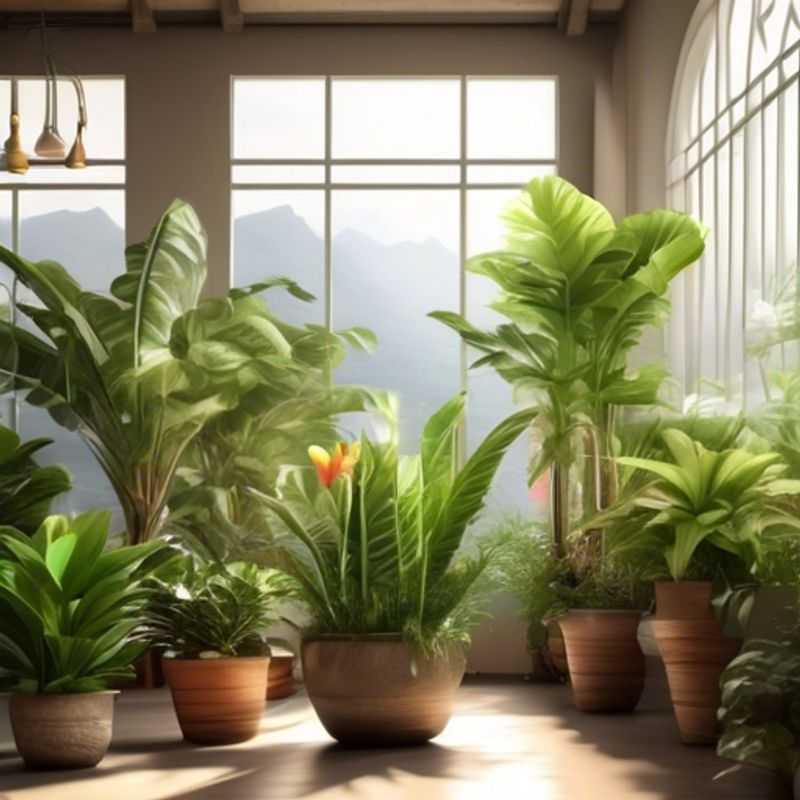
Light, Water, Space, and Environment: 4 Essential Considerations for Indoor Plant Beginners
Bringing nature indoors is a fantastic way to enhance your living space, but choosing the right plants can be daunting, especially for beginners. Here are the top 4 things you need to know before bringing any plant home:
1. Understand the Light Requirements: Plants have different needs when it comes to sunlight. Some, like Snake Plants, thrive in low light conditions, while others, like Sunflowers, require bright, direct sunlight. Knowing your plant's light needs ensures it flourishes in your home.
2. Research Watering Needs: Overwatering or underwatering are common pitfalls for beginners. Research the specific plant's watering frequency and adapt it to your environment. Observe the soil moisture and only water when it's dry to avoid root rot.
3. Consider Size and Space:
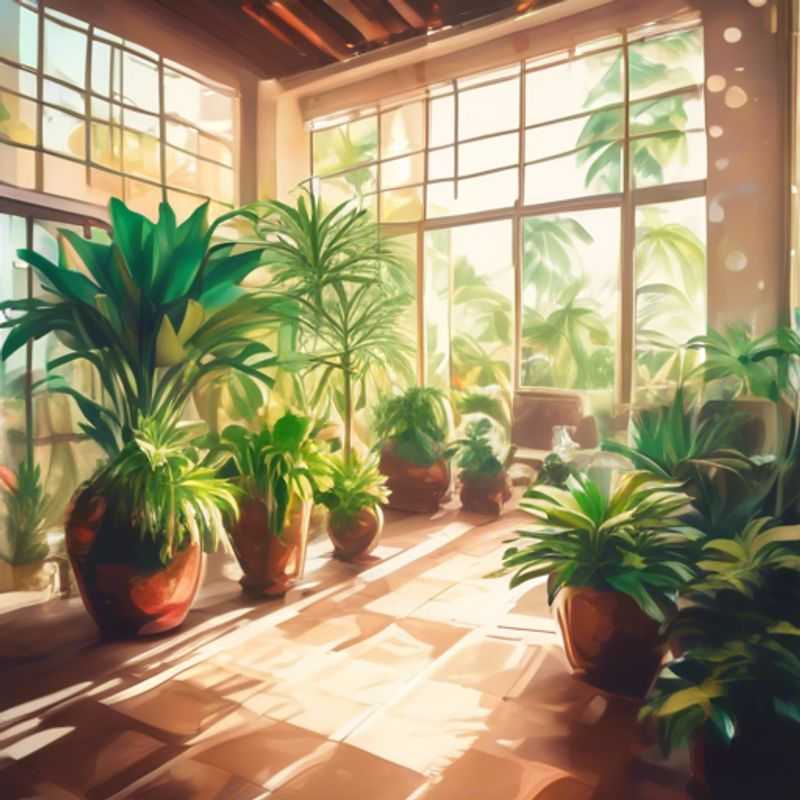
Sunlight Secrets: Matching Your Plants to the Right Light
Understanding the light requirements of your plants is crucial for their health and growth. Plants need light for photosynthesis, the process by which they convert light energy into chemical energy. Different plants have different light requirements, ranging from low light to bright, direct sunlight.
Low-light plants can tolerate shady conditions and often thrive in indoor settings. Some examples include snake plants, ZZ plants, and peace lilies. Medium-light plants require a moderate amount of light, typically a few hours of indirect sunlight each day. Examples include spider plants, pothos, and Chinese evergreen.
High-light plants need several hours of direct sunlight daily. These plants are typically native to tropical regions and often have thicker leaves or a waxy coating. Examples include succulents, cacti, and hibiscus. To determine your plant's light requirements, you can research its specific species or observe its growth patterns. If your plant is drooping or not producing new growth, it may be receiving insufficient light. Conversely, if the leaves are browning or wilting, it may be receiving too much light.
You can supplement natural light with artificial light sources, such as grow lights, for plants that require more light than your home provides. Artificial light can be a great option for indoor gardens or for plants that don't receive enough natural light. If you choose to use artificial light, select a light source that provides the appropriate spectrum and intensity for your plants.
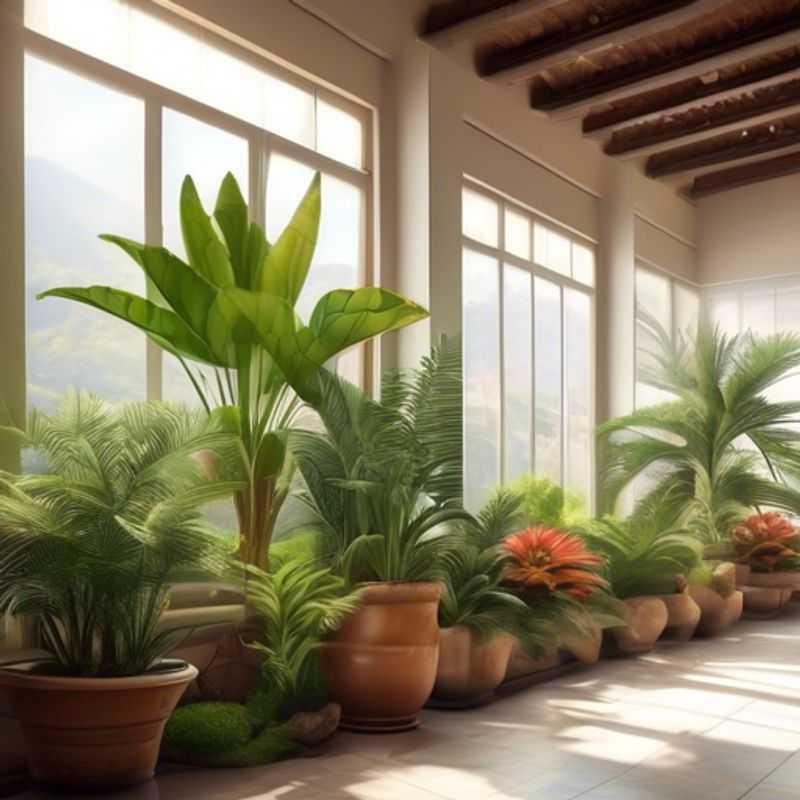
Watering Wisdom: Understanding Your Plant's Thirst
Understanding the watering needs of your plant is crucial for its health and longevity. Overwatering can lead to root rot, while underwatering can cause wilting and stress.
To determine the right watering frequency, research your plant's specific needs. Consider factors like the type of plant, soil type, pot size, and environment (light, temperature, humidity).
General tips:
* Allow the soil to dry slightly between waterings.
* Use a finger test to check the moisture level.
* Consider using a moisture meter for more accurate readings.
* Adjust watering frequency based on the season and changes in the environment.
Remember: Each plant is unique, so observation and experimentation are key to finding the right watering schedule for your specific plant.
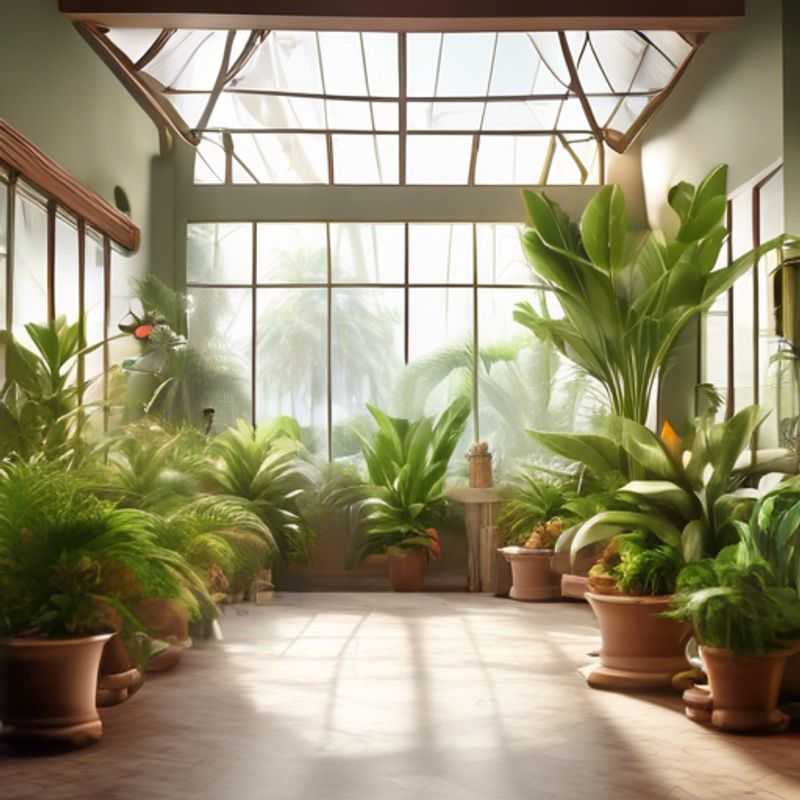
Choosing the Right Size: Matching Plant to Space in Your Home
When bringing a new plant into your home, it's crucial to consider its size and how much space you have available. This ensures a harmonious fit for both your plant and your living environment. While small plants can thrive on a shelf or desk, larger specimens may need ample floor space. Take into account the plant's mature size, its potential for growth, and the amount of room you have available. A carefully considered plant size will create a visually pleasing arrangement and provide the ideal conditions for the plant's flourishing.
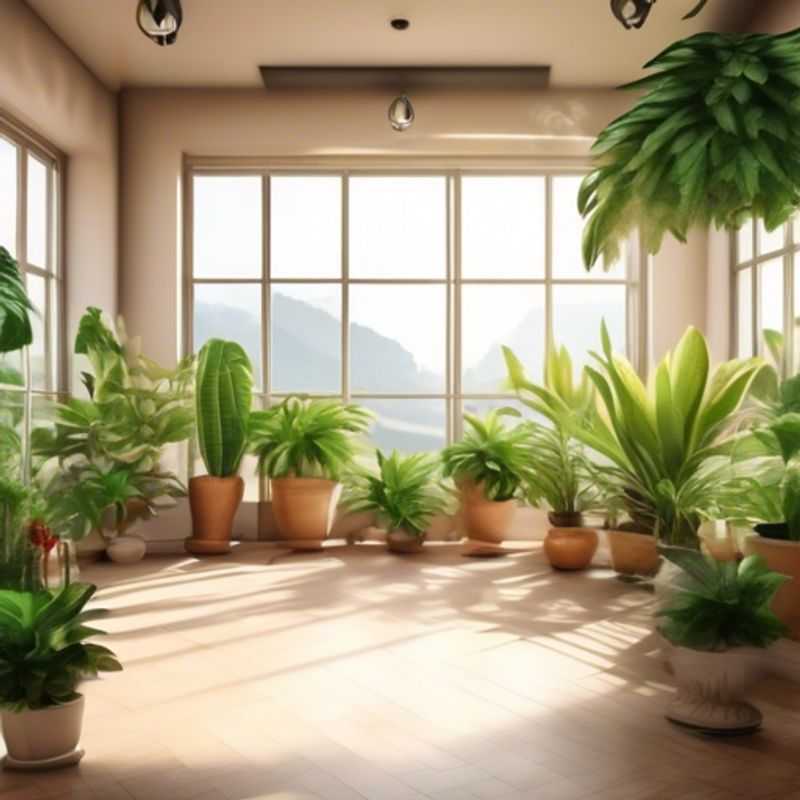
Unlocking Plant Happiness: Understanding Ideal Temperature and Humidity Levels
Understanding the ideal temperature and humidity levels for your plants is crucial for their well-being. Each plant species has unique requirements, so it's essential to research the specific needs of your plants.
Temperature plays a significant role in plant growth and development. Most indoor plants thrive in temperatures between 65-75°F (18-24°C) during the day and slightly cooler temperatures at night. Avoid placing plants near drafty windows or heating vents as these can cause extreme fluctuations.
Humidity is equally important. Many houseplants prefer a moderate humidity level of 40-60%. You can monitor humidity levels with a hygrometer. If the air is too dry, consider using a humidifier, grouping plants together, or placing them on pebble trays filled with water.
Monitoring and adjustments are key to maintaining optimal conditions. Regularly check the temperature and humidity levels in your home. If you notice signs of stress, such as wilting, leaf discoloration, or slow growth, adjust the environment accordingly.
Remember: The ideal temperature and humidity levels can vary depending on the specific plant species and the time of year. By understanding these factors, you can provide the best possible environment for your plants to thrive.
